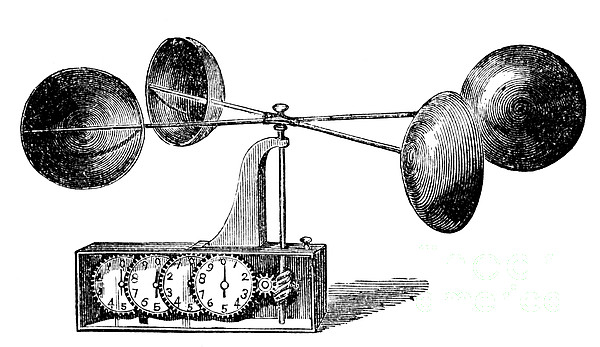Use code RJTJFG for 20% off at checkout. Until 5/31/20


Boundary: Bleed area may not be visible.

The watermark at the lower right corner of the image will not appear on the final product.

by Science Source
$40.00
Size
Orientation
Image Size
Product Details
Our luxuriously soft beach towels are made from brushed microfiber with a 100% cotton back for extra absorption. The top of the towel has the image printed on it, and the back is white cotton. Our beach towels are available in two different sizes: beach towel (32" x 64") and beach sheet (37" x 74").
Don't let the fancy name confuse you... a beach sheet is just a large beach towel.
Design Details
An anemometer is a device for measuring wind speed, and is a common weather station instrument. A simple type of anemometer, invented (1846) by Dr.... more
Care Instructions
Machine wash cold and tumble dry with low heat.
Ships Within
1 - 2 business days

Photograph

Canvas Print

Framed Print

Art Print

Poster

Metal Print

Acrylic Print

Wood Print

Greeting Card

iPhone Case

Throw Pillow

Duvet Cover

Shower Curtain

Tote Bag

Round Beach Towel

Zip Pouch

Beach Towel

Weekender Tote Bag

Portable Battery Charger

Bath Towel

Apparel

Coffee Mug

Yoga Mat

Spiral Notebook

Fleece Blanket

Tapestry

Jigsaw Puzzle

Sticker
An anemometer is a device for measuring wind speed, and is a common weather station instrument. A simple type of anemometer, invented (1846) by Dr. John Thomas Romney Robinson, of Armagh Observatory. It consisted of four hemispherical cups each mounted on one end of four horizontal arms, which in turn were mounted at equal angles to each other on a vertical shaft. The air flow past the cups in any horizontal direction turned the cups in a manner that was proportional to the wind speed. Therefore, counting the turns of the cups over a set time period produced the average wind speed for a wide range of speeds. On an anemometer with four cups it is easy to see that since the cups are arranged symmetrically on the end of the arms, the wind always has the hollow of one cup presented to it and is blowing on the back of the cup on the opposite end of the cross.
$40.00


There are no comments for Robinsons Anemometer, 1846. Click here to post the first comment.